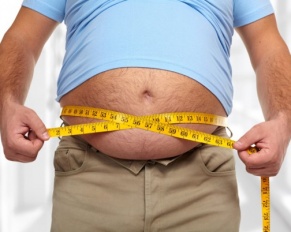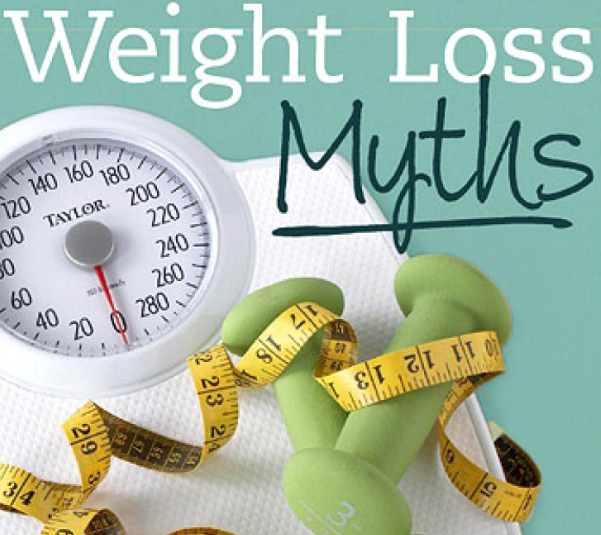According to the Centers for Disease Control (CDC), “Obesity is common, serious, and costly.” The CDC’s website reports that more than one third of all American adults are obese, adding that “obesity-related conditions such as heart disease, stroke, type 2 diabetes, and certain types of cancer can be prevented.” Pretty shocking to think that many of these diseases are largely preventable when obesity is overcome. The cost as well is shocking, as the CDC reports that the estimated annual medical cost of obesity in the United States is close to $150 billion. Sadly, these statistics do not surprise top gastroenterologists. If you are facing obesity-related health problems now or in the future, you may be considering weight loss surgery, but you may also be reluctant to take such drastic measures. Clearly, invasive weight loss surgeries are not for everyone. Thankfully, there are newer, noninvasive weight loss procedures.



 More Americans are overweight today than ever before. In fact, the ‘American Diet,’ as it has been dubbed in recent years, is loaded with fattening foods and fattening habits that have led to our nation’s highest rate of obesity. Yet losing weight tops the list of not only New Year’s resolutions, but nearly every other wish list imaginable. But what does it take to lose weight? And why is such a difficult, even elusive, prospect for so many of us? Perhaps the answer lies in the facts and myths about the prospect of losing weight itself. For instance, did you know that not all calories are equal? It’s true. When you’re planning out how many calories you plan on consuming on your new weight loss program, it’s important to know that not all calories are created equal. There are a number of other important myths to discover about losing weight, and until you learn them, you’ll likely ride that roller coaster of weight loss for a long time. Following are
More Americans are overweight today than ever before. In fact, the ‘American Diet,’ as it has been dubbed in recent years, is loaded with fattening foods and fattening habits that have led to our nation’s highest rate of obesity. Yet losing weight tops the list of not only New Year’s resolutions, but nearly every other wish list imaginable. But what does it take to lose weight? And why is such a difficult, even elusive, prospect for so many of us? Perhaps the answer lies in the facts and myths about the prospect of losing weight itself. For instance, did you know that not all calories are equal? It’s true. When you’re planning out how many calories you plan on consuming on your new weight loss program, it’s important to know that not all calories are created equal. There are a number of other important myths to discover about losing weight, and until you learn them, you’ll likely ride that roller coaster of weight loss for a long time. Following are 
 An intragastric (or gastric) balloon is an inflatable medical device used to aid in weight loss. In a non-invasive medical procedure, the intragastric balloon is placed into the stomach on a temporary basis in selected obese or overweight patients when diet and exercise have failed. One such device is the ORBERA Intragastric Balloon, which is made of soft silicone. The
An intragastric (or gastric) balloon is an inflatable medical device used to aid in weight loss. In a non-invasive medical procedure, the intragastric balloon is placed into the stomach on a temporary basis in selected obese or overweight patients when diet and exercise have failed. One such device is the ORBERA Intragastric Balloon, which is made of soft silicone. The 